 "ttyymmnn" (ttyymmnn)
"ttyymmnn" (ttyymmnn)
10/20/2015 at 12:35 • Filed to: planelopnik, planelopnik history
 5
5
 23
23
 "ttyymmnn" (ttyymmnn)
"ttyymmnn" (ttyymmnn)
10/20/2015 at 12:35 • Filed to: planelopnik, planelopnik history |  5 5
|  23 23 |
Welcome to This Date in Aviation History , getting you caught up on milestones and important historical events in aviation from October 17 through October 20.
!!! UNKNOWN CONTENT TYPE !!!
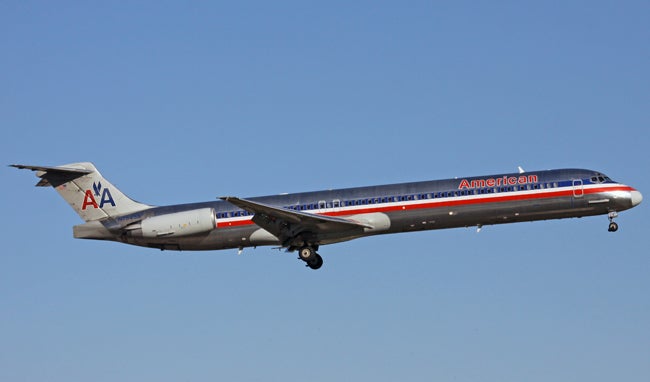
October 18, 1979 – The first flight of the McDonnell Douglas MD-80.
In the early days of jet airliner design, aircraft such as the
!!!error: Indecipherable SUB-paragraph formatting!!!
and
!!!error: Indecipherable SUB-paragraph formatting!!!
provided four-engine range and plenty of seating for large numbers of passengers. But it soon became clear that airlines needed smaller jet aircraft for shorter routes, so McDonnell Douglas developed their DC-9 airliner to satisfy those requirements. Influenced by the
!!!error: Indecipherable SUB-paragraph formatting!!!
, the small airliner featured a single aisle, two engines mounted on the rear and a T-tail. As the DC-9 turned out to be a success, McDonnell Douglas began to create variants, stretching the fuselage to accommodate more passengers and upgrading the Pratt & Whitney JT8D engines. The MD-80 was the second generation of the DC-9 series, and was originally called the DC-9-80 or the DC-9 Super 80. The new aircraft kept the DC-9’s characteristic five-across seating in coach, but the fuselage was lengthened by just over 14 feet compared to the earlier DC-9-50, allowing for 130 to 172 passengers depending on configuration. New Pratt & Whitney JT8D high-bypass engines increased the aircraft’s range and allowed a higher maximum takeoff weight (MTOW). Despite changes to engines, wing design, and upgraded cockpit, the MD-80 was not considered a new aircraft by the FAA. The decision to change the name to MD-80 was a marketing decision, and the variants are certified by the FAA under the original type certificate for the DC-9. Following its maiden flight, the MD-80 entered service with Swissair and Austrian Airlines in 1980, and were 1,191 MD-80s delivered between 1980 and 1999. The MD-80 has been continuously upgraded throughout production, and now exists in the -81, -82, -83, -87 and -88 variants, all of which are essentially similar, but received upgrades to engines or avionics.
(See below for a handy spotter’s guide to the DC-9 series.)
(Photo by Tim Shaffer)
!!! UNKNOWN CONTENT TYPE !!!
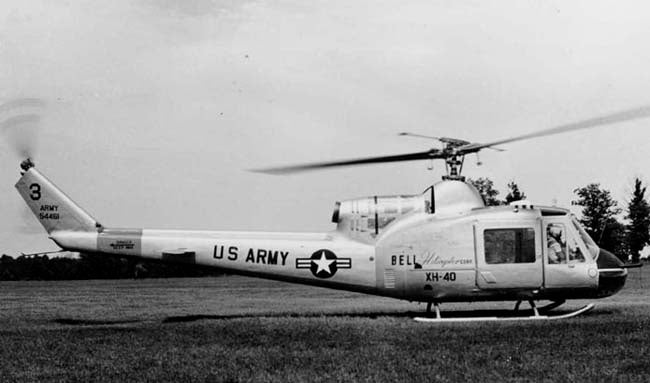
October 20, 1956 – The first flight of the Bell UH-1 Iroquois.
Since the airplane came to be a weapon of war, certain aircraft have become symbols of the conflicts in which they served: in WWI, the
!!!error: Indecipherable SUB-paragraph formatting!!!
and the
!!!error: Indecipherable SUB-paragraph formatting!!!
; in WWII, it was
!!!error: Indecipherable SUB-paragraph formatting!!!
,
!!!error: Indecipherable SUB-paragraph formatting!!!
or
!!!error: Indecipherable SUB-paragraph formatting!!!
. But the Vietnam War would become known as the Helicopter War, the first conflict that saw widespread use of the helicopter on the battlefield. And the ubiquitous presence of news cameras in the war zone brought images of the Bell HU-1 Iroquois, better known as the Huey, into the American living room, and the Huey became a true icon of that conflict. In 1953, the US Army began looking for a turbine-powered utility helicopter for medevac, instrument training and general utility. No less than 20 companies submitted proposals, but in 1955 the Army selected Bell to build three prototypes with the designation XH-40 (also known as the Bell Model 204). By 1960, the Army had already ordered 100 helicopters, and the designation was changed to HU-1 (Helicopter, Utility) and the nickname “Huey” was born. Despite the advances over earlier piston-powered helicopters, the original Hueys were still found to be underpowered, so the first significant variant, the UH-1B, was developed with a Lycoming T53-L-5 engine that increased the lifting power. Bell also elongated the fuselage to accommodate seven passengers or four stretchers. The follow-on UH-1C would see a yet more powerful engine, a new rotor system to combat
!!!error: Indecipherable SUB-paragraph formatting!!!
, and a longer tail boom. In addition to the Army, the Marine Corps and Air Force also adopted the Huey, with each service using a model that was developed for their specific needs. The Huey entered service with the
!!!error: Indecipherable SUB-paragraph formatting!!!
, the
!!!error: Indecipherable SUB-paragraph formatting!!!
and the 57th Medical Detachment, where it was originally intended only to be used for evaluation, but events in Southeast Asia saw the Huey quickly pressed into service in Vietnam in 1962. The flexibility of the platform meant that in addition to its medevac and utility roles, the Huey was quickly armed with guns and rockets to protect the fleets of helicopters dropping troops into landing zones. The Huey continued to be upgraded throughout its production, and over 16,000 were built between 1956-1987, a number second only to the the
!!!error: Indecipherable SUB-paragraph formatting!!!
. With the introduction of the
!!!error: Indecipherable SUB-paragraph formatting!!!
in 1979, the Army began phasing out the Huey, and it was retired from active service in 2005. The Marine Corps continues using a significantly advanced version of the Huey, known as the
!!!error: Indecipherable SUB-paragraph formatting!!!
.
!!! UNKNOWN CONTENT TYPE !!!
Short Take Off
!!! UNKNOWN CONTENT TYPE !!!
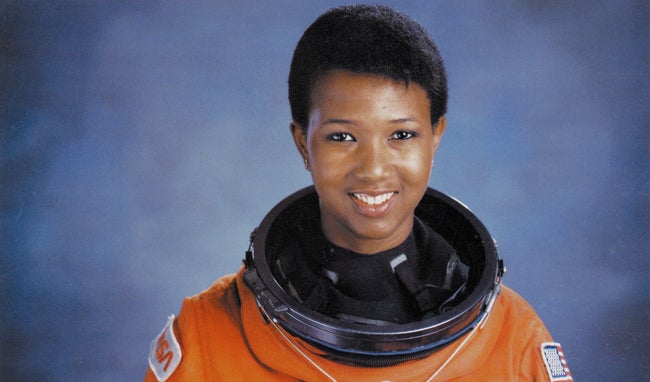
October 17, 1956 – The birth of Mae Jemison, the first African American woman to travel in space.
Jemison went into orbit on September 12-20, 1992 on the Space Shuttle
!!!error: Indecipherable SUB-paragraph formatting!!!
on
!!!error: Indecipherable SUB-paragraph formatting!!!
, logging just over 190 hours in space. Before becoming an astronaut, Jemison was a practicing physician and a member of the Peace Corps. Following her one mission to space, Jemison resigned from NASA in 1993 to start a technology company.
(NASA photo)
!!! UNKNOWN CONTENT TYPE !!!
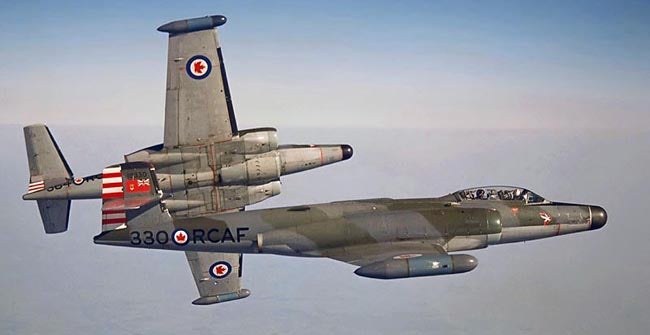
October 17, 1952 – The Avro Canada CF-100 Canuck enters service with the Royal Canadian Air Force.
The Canuck, known to its pilots as “Clunk,” was the only domestically-produced Canadian fighter to enter mass production. The CF-100 served as an interceptor for the RCAF throughout the Cold War, before eventually being replaced by the
!!!error: Indecipherable SUB-paragraph formatting!!!
. 692 Canucks were produced, and the type was finally retired in 1982.
(Canadian Department of National Defence photo)
!!! UNKNOWN CONTENT TYPE !!!
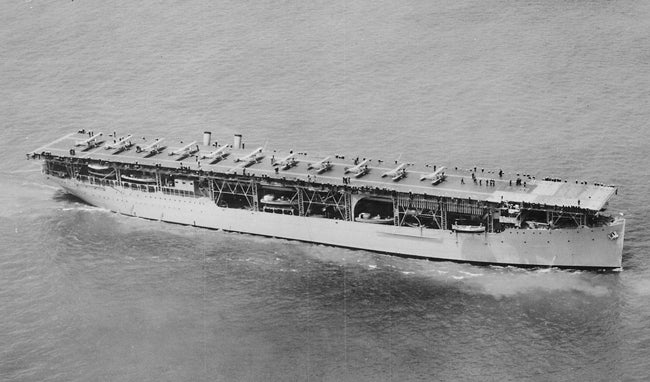
October 17, 1922 – The first takeoff from the USS Langley (CV-1), when Lt. Virgil C. Griffin flew a !!!error: Indecipherable SUB-paragraph formatting!!! off the deck of the converted collier. Though not the first aircraft to take off from a ship, nor the first takeoff from a ship equipped with a flight deck, the launch marked the beginning of US carrier operations and heralded the ascendancy of the aircraft carrier as the new center of naval operations, supplanting the supremacy of the battleship as the nucleus of the modern naval battle group. (US Navy photo)
!!! UNKNOWN CONTENT TYPE !!!
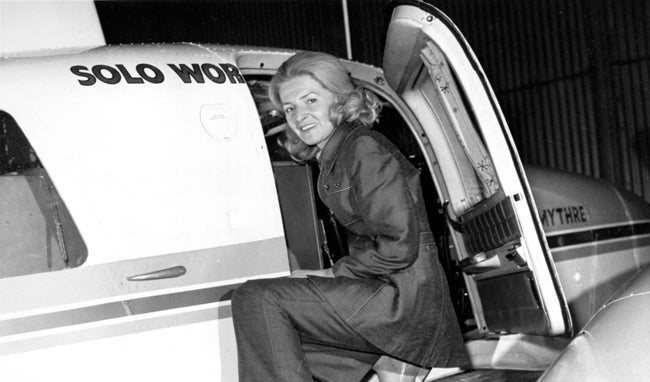
October 20, 1988 – The death of English aviatrix Sheila Scott.
Born in 1922, Scott (née Hopkins) learned to fly in 1958 and went on to set over 100 flight records, particularly for long distance flights, including a 34,000 mile flight in 1971 nicknamed “world and a half” in which she became the first person to fly over the North Pole in a single-engine aircraft. Scott was named an Officer of the Order of the British Empire (OBE) in 1968.
(NASA photo)
!!! UNKNOWN CONTENT TYPE !!!
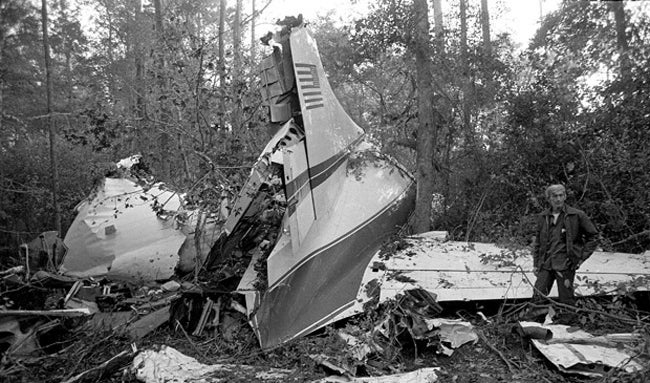
October 20, 1977 – A chartered airliner carrying members of the American rock band Lynyrd Skynyrd
crashes during a flight to Louisiana following a performance in South Carolina. The NTSB determined that the probable cause of the crash of the
!!!error: Indecipherable SUB-paragraph formatting!!!
was fuel exhaustion due to crew inattention to the fuel supply, exacerbated by a malfunctioning engine that caused higher-than-normal fuel consumption. Three members of the band, Ronnie Van Zant, Steve Gaines and Cassie Gaines, assistant road manager Dean Kilpatrick, pilot Walter McCreary, and co-pilot William Gray were killed on impact. Other band members, tour manager Ron Eckerman, and members of the road crew suffered serious injuries.
(Photo author unknown)
!!! UNKNOWN CONTENT TYPE !!!
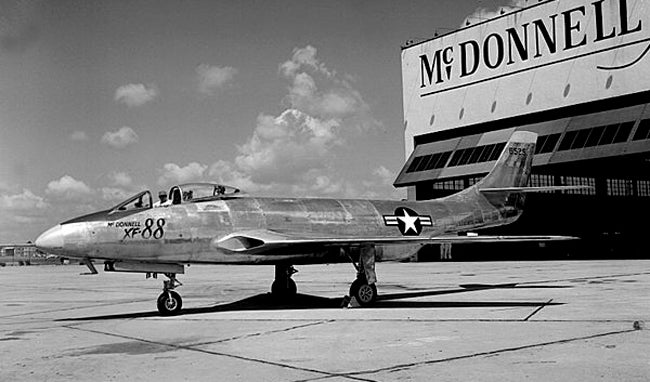
October 10, 1948 – The first flight of the McDonnell XF-88 Voodoo,
a fighter designed as long-range escort for USAF bombers and envisioned as a replacement for the
!!!error: Indecipherable SUB-paragraph formatting!!!
. Initially underpowered, afterburning engines were added to increase the aircraft’s speed, but by that time the long range escort concept had been abandoned. Though never entering production, the XF-88 served as the basis for the supersonic
!!!error: Indecipherable SUB-paragraph formatting!!!
which first flew in 1954.
(US Air Force photo)
!!! UNKNOWN CONTENT TYPE !!!
For those plane spotters out there, here’s a guide to identify the four different significant versions of the DC-9 series:
DC-9: Short fuselage, no !!!error: Indecipherable SUB-paragraph formatting!!! under the cockpit, pointy tail. (The last DC-9 variant, the DC-9-50, was equipped with strakes, but it retained the cone-shaped tail.)
MD-80 series: Longer fuselage, strakes under the cockpit, pinch tail, skinny engines.
MD-90 series: Longer fuselage, strakes under the cockpit, pinch tail, fat engines.
B717: Shorter body, no strakes under the cockpit, pinch tail, fat engines.
Basically, you can tell the DC-9-10/20/30/40 from the B717 by the tail cone, and the MD-80 series from the MD-90 series by the size of the engines.
!!! UNKNOWN CONTENT TYPE !!!
If you enjoy these Aviation History posts, please let me know in the comments. And if you missed any of the past articles, you can find them all at
!!!error: Indecipherable SUB-paragraph formatting!!!
.
!!! UNKNOWN CONTENT TYPE !!!
 Ash78, voting early and often
> ttyymmnn
Ash78, voting early and often
> ttyymmnn
10/20/2015 at 12:47 |
|
I still haven’t fully trained my brain to stop calling it the DC-9. Sometimes when you learn stuff as a kid, you can’t unlearn it easily.
Also, RIP Skynyrd. All of the usual memes and stereotypes aside, what a great band and a really crappy way to crash.
 Jcarr
> ttyymmnn
Jcarr
> ttyymmnn
10/20/2015 at 12:49 |
|
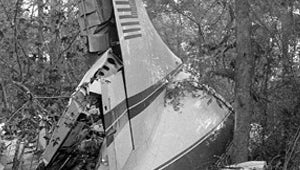
I was prepared to do a post on this in the event that you somehow didn’t include it. Glad I didn’t have to.
Also, one of my favorite Steve Buscemi moments:
 Margin Of Error
> ttyymmnn
Margin Of Error
> ttyymmnn
10/20/2015 at 12:52 |
|
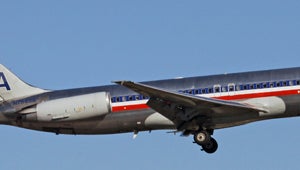
Most Jalop plane ever !
http://oppositelock.kinja.com/why-the-md-80-…
 MonkeePuzzle
> ttyymmnn
MonkeePuzzle
> ttyymmnn
10/20/2015 at 12:52 |
|
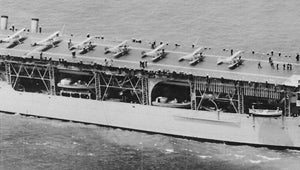
a ship CONVERTED to carrier, I bet that was a terror to take off from/land to. But the short take of of light prop planes probably helped.
 MonkeePuzzle
> ttyymmnn
MonkeePuzzle
> ttyymmnn
10/20/2015 at 12:53 |
|
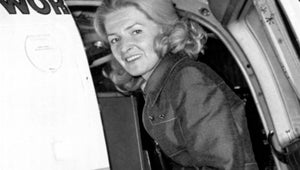
aviatrix, apparently that’s a word, today I learned :D
 MonkeePuzzle
> ttyymmnn
MonkeePuzzle
> ttyymmnn
10/20/2015 at 12:53 |
|
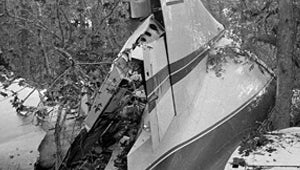
I saw “Lynyrd Skynyrd” on Letterman, I don’t beleive there were any original members performing then (90s)
 MonkeePuzzle
> ttyymmnn
MonkeePuzzle
> ttyymmnn
10/20/2015 at 12:54 |
|
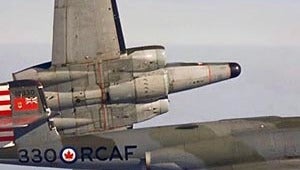
the two engine, looking like three fuselages side by side, is a fantastic looks.
side note: I adore the RCAF’s roundel
 ttyymmnn
> MonkeePuzzle
ttyymmnn
> MonkeePuzzle
10/20/2015 at 12:55 |
|
If you spend some time looking at photos of pranged aircraft on WWII flight decks, you will understand that pretty much all operations were terror until the British conceived the angled flight deck.
 ttyymmnn
> MonkeePuzzle
ttyymmnn
> MonkeePuzzle
10/20/2015 at 12:56 |
|
I did some reading about the band on Wiki for this piece, and the list of band members is quite long indeed.
 ttyymmnn
> MonkeePuzzle
ttyymmnn
> MonkeePuzzle
10/20/2015 at 12:57 |
|
Mission accomplished! Once a teacher, always a teacher.
 ttyymmnn
> Jcarr
ttyymmnn
> Jcarr
10/20/2015 at 12:59 |
|
It's a shame that this accident was pilot error. There are rumors that the crew was intoxicated, but those claims didn't bear up after toxicology reports (I think).
 ttyymmnn
> Ash78, voting early and often
ttyymmnn
> Ash78, voting early and often
10/20/2015 at 13:02 |
|
As I said to Jcarr, what a damned shame that it was pilot error. Though the band continued, it was never the same.
And I still have a hell of a time ID’ing the MD series. Throw the Fokker 100 into the mix and it gets maddening.
 Jcarr
> MonkeePuzzle
Jcarr
> MonkeePuzzle
10/20/2015 at 13:07 |
|
I saw them in 2005. Gary Rossington (guitar) and Billy Powell (keyboard) were still performing with them at that point.
 Jcarr
> ttyymmnn
Jcarr
> ttyymmnn
10/20/2015 at 13:09 |
|
I had the opportunity to see them in 2005 with two surviving members and Johnny’s brother on vocals. It was very good, but obviously not the same.
 RallyWrench
> ttyymmnn
RallyWrench
> ttyymmnn
10/20/2015 at 13:21 |
|
I’m sure the Canuck was an unfailingly well-mannered aircraft, eh.
 ttyymmnn
> RallyWrench
ttyymmnn
> RallyWrench
10/20/2015 at 13:26 |
|
“Rolling in on the target now. Locked on. Bombs away! Sorry....”
 Spaceball-Two
> ttyymmnn
Spaceball-Two
> ttyymmnn
10/20/2015 at 13:42 |
|
I never realized how similar the CF-100 and the Scorpion looked.
 ttyymmnn
> Spaceball-Two
ttyymmnn
> Spaceball-Two
10/20/2015 at 13:49 |
|
I had the same thought. They were a similar length, but the Scorpion had a larger wingspan and was taller. It was a BIG plane. These images help put the size into a bit of perspective. But at that time, there were only so many ideas kicking around. Interestingly, it was the Americans with the Bell P-59 Airacomet who first thought to put the engines along the fuselage.
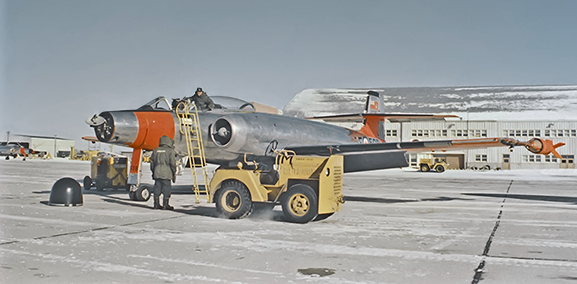
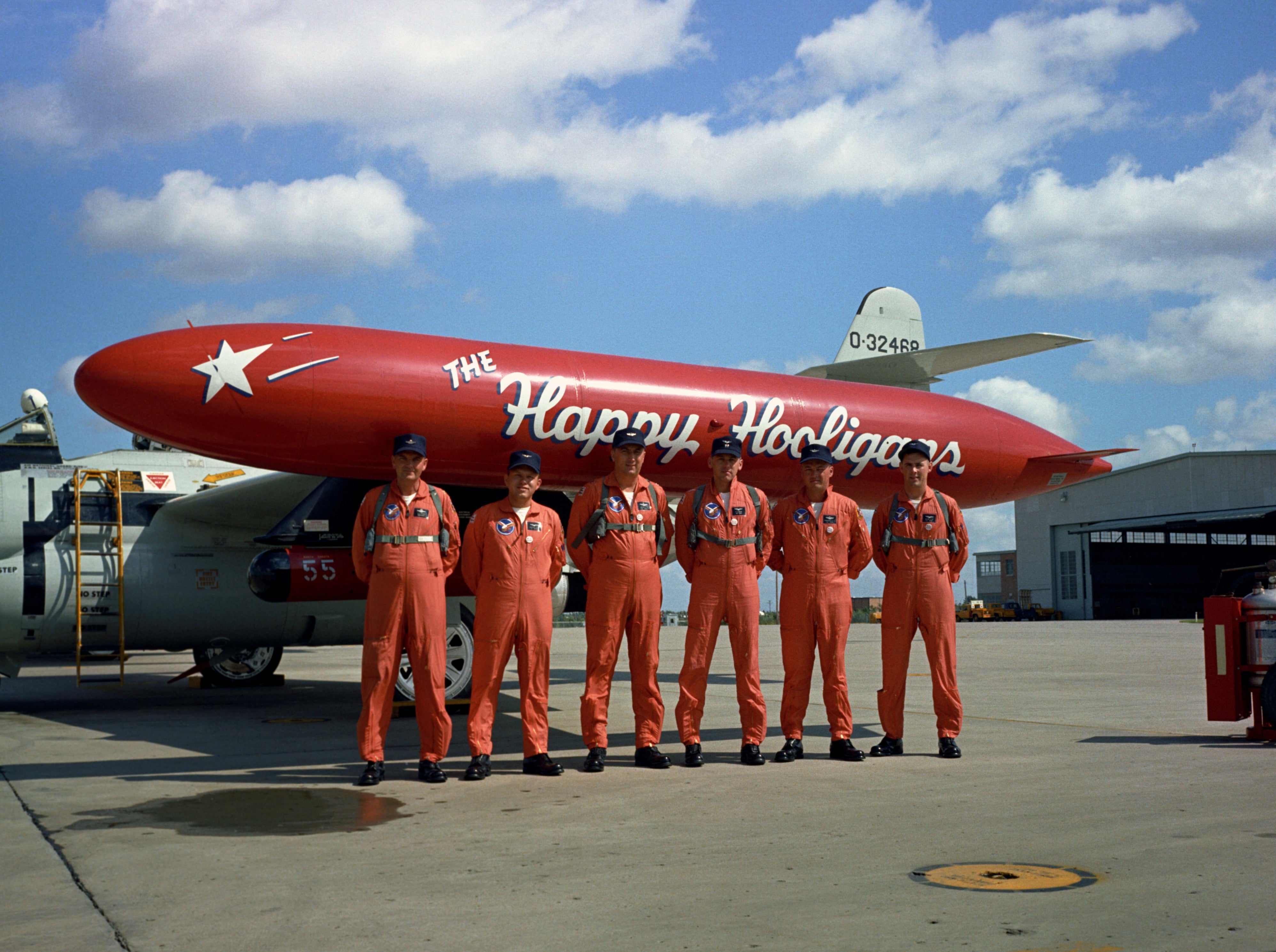
 Spaceball-Two
> ttyymmnn
Spaceball-Two
> ttyymmnn
10/20/2015 at 13:52 |
|
I knew the size difference was great but holy crap!
 The Powershift in Steve's '12 Ford Focus killed it's TCM (under warranty!)
> ttyymmnn
The Powershift in Steve's '12 Ford Focus killed it's TCM (under warranty!)
> ttyymmnn
10/20/2015 at 15:22 |
|
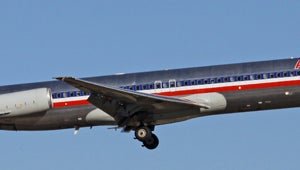
Don’t forget the MD90 and MD95/B717. The MD90 received then-state-of-the-art turbofans while retaining the flight deck and avionics of the MD-87/88. The B717 returned to the shorter length of the early DC-9s, but featured newer turbofans and an updated flight deck shared with the MD-11. Both were discontinued when Boeing bought out McDonnell Douglas as they overlapped with the 737.
 The Powershift in Steve's '12 Ford Focus killed it's TCM (under warranty!)
> The Powershift in Steve's '12 Ford Focus killed it's TCM (under warranty!)
The Powershift in Steve's '12 Ford Focus killed it's TCM (under warranty!)
> The Powershift in Steve's '12 Ford Focus killed it's TCM (under warranty!)
10/20/2015 at 15:26 |
|
This is what I get for commenting before finishing the article - you beat me to it by identifying the MD90 and B717. Sorry for doubting you!
 ttyymmnn
> The Powershift in Steve's '12 Ford Focus killed it's TCM (under warranty!)
ttyymmnn
> The Powershift in Steve's '12 Ford Focus killed it's TCM (under warranty!)
10/20/2015 at 15:36 |
|
I didn’t forget them, I just don’t have room for them. I could have gone on at length about future developments of the DC-9 series, but space dictated that I keep the focus on the MD-80. I wanted to say a bit about the coming of the DC-9 to give some context for the development of the MD-80, but the -90 series will have to wait for a future article. Look for a post in February marking the first flight of the -90. I gave a
shout out to the B717
in Short Take Off back in September on the anniversary of its first flight.
 Soused
> ttyymmnn
Soused
> ttyymmnn
10/23/2015 at 16:13 |
|
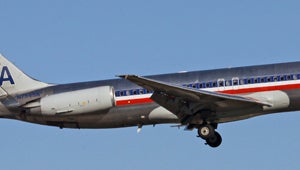
It absolutely sucked to sit in the rear of the cabin because of the engine noise. Plus having to sit with the smokers (who were exiled to the rear but still managed to stink up the entire cabin.)